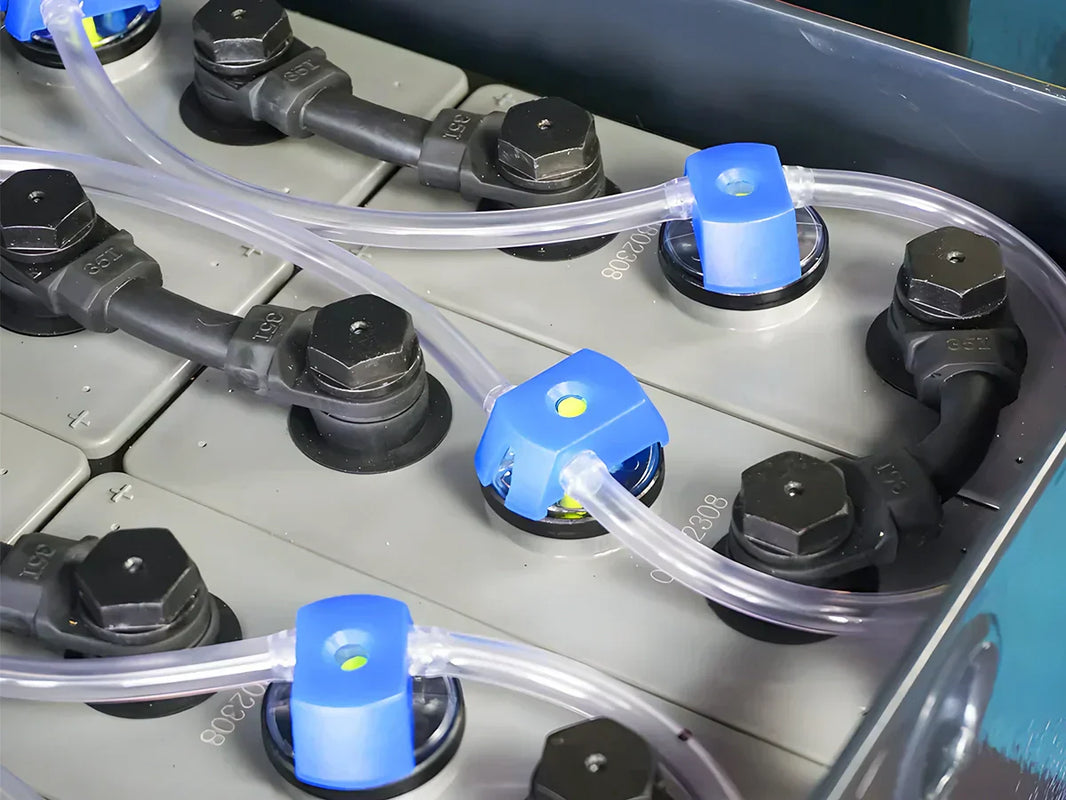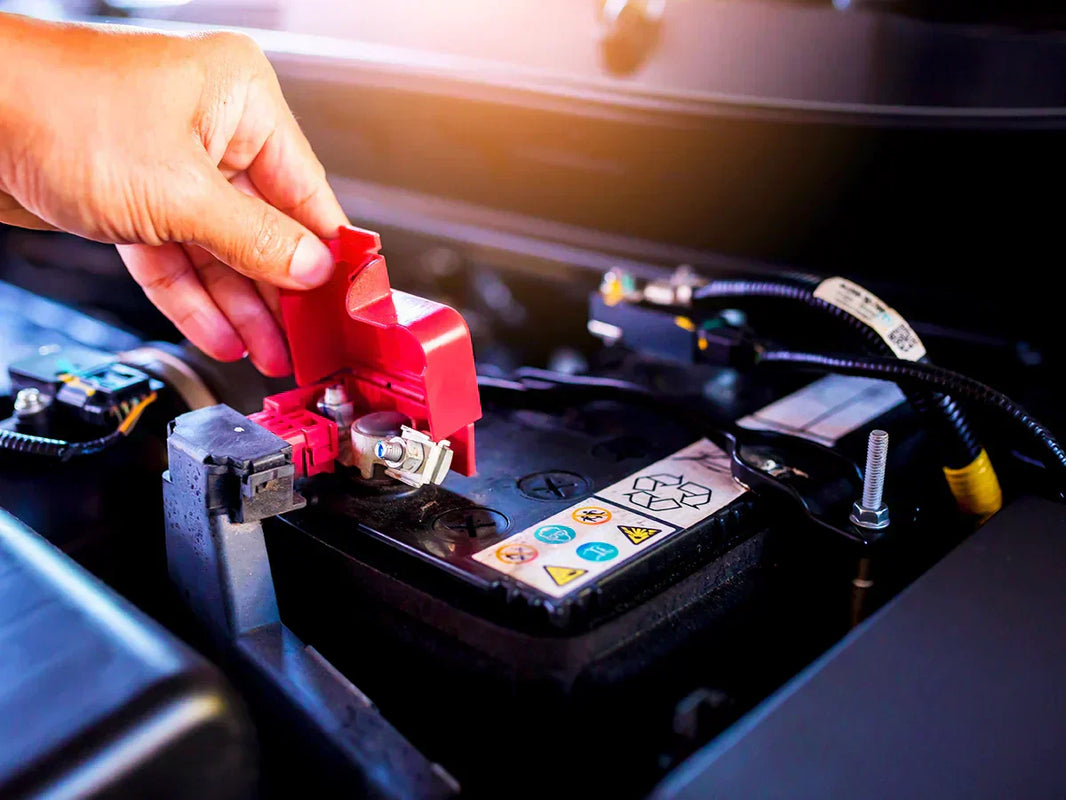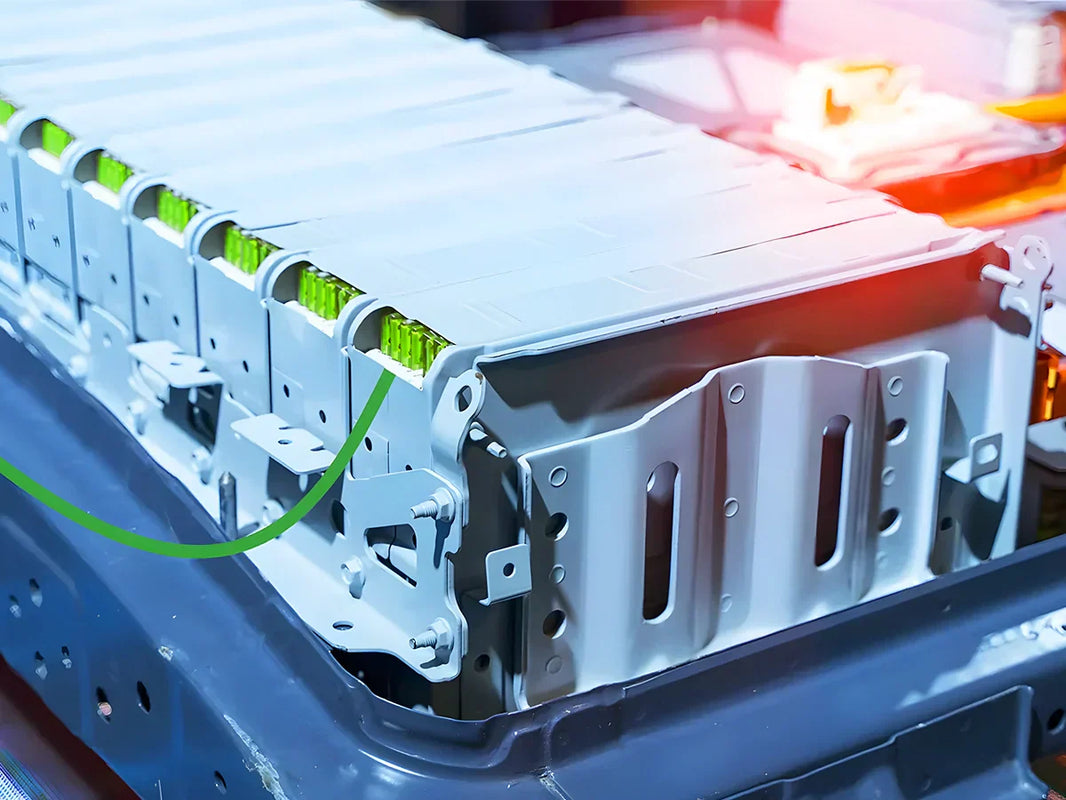
Main content:
- The importance of Vehicle to Grid
- Development opportunities for Vehicle to Grid
- The trend of electrification is accelerating and technological breakthroughs are being made
- The huge gap in energy storage creates greater opportunities
- The battery capacity of electric vehicles is increasing
- The commercialization prospect of Vehicle to Grid
The battery power system of an electric vehicle is essentially an energy storage(including home energy storage) system. Vehicle to Grid technology (V2G) refers to charging electric vehicles when the grid load is low, and discharging the electric vehicles to the grid when the grid load is high to realize the peak load shifting in the grid. When the electric vehicle is parked, its battery will become the "charging treasure" of the distribution network to be developed. Connect a large number of "charging treasures" to the intelligent aggregation platform through the Internet of Things technology to form a virtual large load, charge electric vehicles when electricity consumption is low, and discharge electric vehicles to the grid when electricity consumption peaks.
1.The importance of Vehicle to Grid
An important reason for carrying out Vehicle to Grid is that it can realize the peak-load shifting on the grid demand curve and reduce the load demand power. When the electric vehicle is parked, its battery will become the "charging treasure" of the distribution network to be developed, and the massive "charging treasure" will be connected to the intelligent aggregation platform through the Internet of Things technology to form a virtual large load. This virtual large load can be optimized and regulated through the energy Internet and artificial intelligence technology, charging the electric vehicle when the electricity consumption is low, and discharging the electric vehicle to the power grid when the electricity consumption peaks, and further matches the power generation characteristics of new energy in the future to reduce the pressure of grid capacity expansion.

2.Development opportunities for Vehicle to Grid
Vehicle to Grid is known as a large-scale, low-cost, high-safety distributed energy storage technology, and is considered to be an important part of the new smart power system. According to industry analysts, its development opportunities are mainly driven by the following aspects:
① The trend of electrification is accelerating and technological breakthroughs are being made
The data shows that from January to June 2022, the number of new energy vehicles in China has exceeded 2.08 million, accounting for 18% of the total number of vehicles, of which the number of pure electric vehicles has exceeded 1.63 million, accounting for 78% of the total number of new energy vehicles. Industry insiders said that users can charge electric vehicles at night when electricity consumption is low, and discharge electric vehicles to the grid when electricity consumption peaks. In remote areas, electric vehicles can also be combined with photovoltaic power generation, wind power and energy storage power stations to form a small energy network.
With the accelerated popularization of new energy vehicles in China in recent years, the scale of the battery industry has become larger and larger, and the application scope and scenarios of electrochemical energy storage have also continued to expand. More importantly, a number of major automakers are launching new energy vehicles with bidirectional charging capabilities that can deliver electricity back to homes and the grid. In the future, electric energy storage projects can also be integrated with industries such as rail transit, electric vehicles, and smart grids.

② The huge gap in energy storage creates greater opportunities
With the orderly advancement of the "dual carbon" policy, wind power and photovoltaic new energy has grown rapidly, the construction of new power systems has continued to accelerate, and the energy storage gap has become larger and larger, and the cycle life of electric vehicles has not been fully utilized in the driving life. At present, Chinese electric vehicles travel about 150,000 to 200,000 kilometers, and the power battery cycles about 600 times.
According to the survey data of China's mainstream electric vehicle OEMs and battery factories, with the acceleration of lithium battery technology, the cycle life of ternary battery electric vehicles is about 1,500 times, and the lithium iron batteries can exceed 3,000 times. But almost more than half of the cycle life is wasted and the battery value is not fully utilized. This means that vehicle owners pay 150% to 400% more for redundant battery cycle life, resulting in higher vehicle purchase costs. In terms of cycle life, more than 50% of the cycle life is wasted. This also provides favorable conditions for the interaction of vehicles and networks to form energy storage power stations.
③ The battery capacity of electric vehicles is increasing
At present, the battery capacity of the models sold in the market is between 50kWh and 80kWh. Taking Tesla Model X 90D as an example, its load capacity has reached 100kWh, and the load capacity of cars will continue to increase in the future. Calculated at the current level, the energy storage potential of 20 90D vehicles can already be comparable to that of a medium-scale user-side energy storage power station. Electric vehicles can be regarded as a special energy storage terminal, which can become a useful supplement to electric energy storage and turn the vehicle into a "charging treasure" for the power grid.
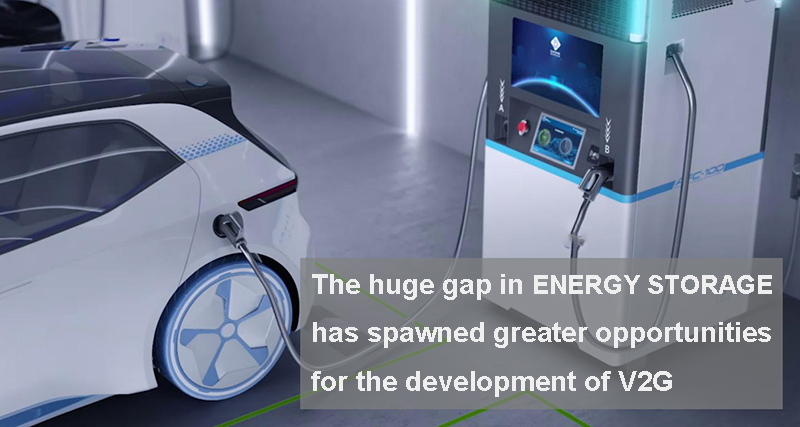
3.The commercialization prospect of Vehicle to Grid
With the increase in the number of electric vehicles and the improvement of market mechanisms, their commercialization feasibility is constantly being optimized. It is reported that the European Union, the United States, Japan and other countries and regions have carried out more than 100 car-network interaction projects. In China, the development of vehicle-network interaction technology and market is still in its infancy. Not long ago, State Grid EV Service cooperated with STATE GRID HUBEI ELECTRIC POWER CO.LTD to participate in the emergency demand response of the power grid through the State Grid EV Servic platform-load aggregation operation system. The actual maximum peak-shaving load reaches 11,000 kilowatts, and the average regulation power reaches 10,000 kilowatts, effectively alleviating the 1% electricity gap.
During this response process, the State Grid EV Service platform-load aggregation operation system immediately issued power adjustment instructions to 3,859 adjustable charging piles in Hubei province in real time after receiving the instructions from the STATE GRID HUBEI ELECTRIC POWER dispatching control center, realizing rapid drop in charging power. At the same time, Hubei EV Company mobilized 5 V2G vehicles, using the State Grid EV Service platform to control the charging and transferring of V2G vehicles, and the reverse transmission power of the grid reached 50 kilowatts, realizing the benign interaction between electric vehicles and the grid. Although the above examples still cannot fully reflect the profitability of vehicle-network interaction. However, according to industry analysts, the profit of the Vehicle to Grid can come from the following two points:
① Peak and valley spread arbitrage
The charging cost can be reduced from the simplest arbitrage method of time-of-use electricity price. It can also be charged at the charging station in the residential area or the nearby industrial and commercial area during the valley electricity price at night, and discharged to the grid at the charging station in the industrial and commercial area during the peak electricity price during the day. This can bring benefits to both users and operators.
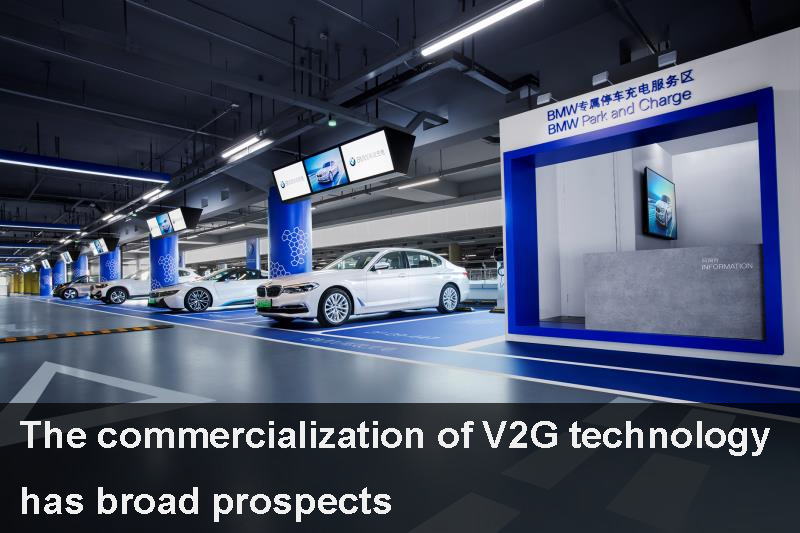
② Electric auxiliary service
The operation platform aggregates the load resources of electric vehicles, responds to the regulation needs of various virtual power plant platforms, and realizes the participation of electric vehicles in various electric auxiliary services. Ancillary services in the power market include: frequency regulation, peak regulation, reactive power regulation, harmonic compensation and backup power(such as UPS batteries).
Relevant documents have clearly proposed to promote the transformation of new energy vehicles from pure means of transportation to mobile intelligent terminals, energy storage units and digital spaces, and to drive the transformation and upgrading of energy, transportation, and information and communication infrastructure. At the same time, it is necessary to promote the efficient coordination of new energy vehicles and renewable energy, encourage the construction of multi-functional integrated stations of "distributed photovoltaic power generation - energy storage system - charging and discharging", and strengthen the energy interaction between new energy vehicles and the power grid.
Although under the current management system, there is no mature business model for charging facilities to participate in ancillary services in the electricity market, and there is no clear settlement mechanism between the power grid and the operator. However, with the improvement of the relevant market management system, the huge resource potential contained in electric vehicles will definitely be released through the interaction of the car network. In the future, with the improvement of the unified power market system and the infrastructure construction of V2X, the V2G may gradually realize its huge potential.
Related article: top 10 energy storage battery cell companies, top 10 energy storage lithium battery companies



